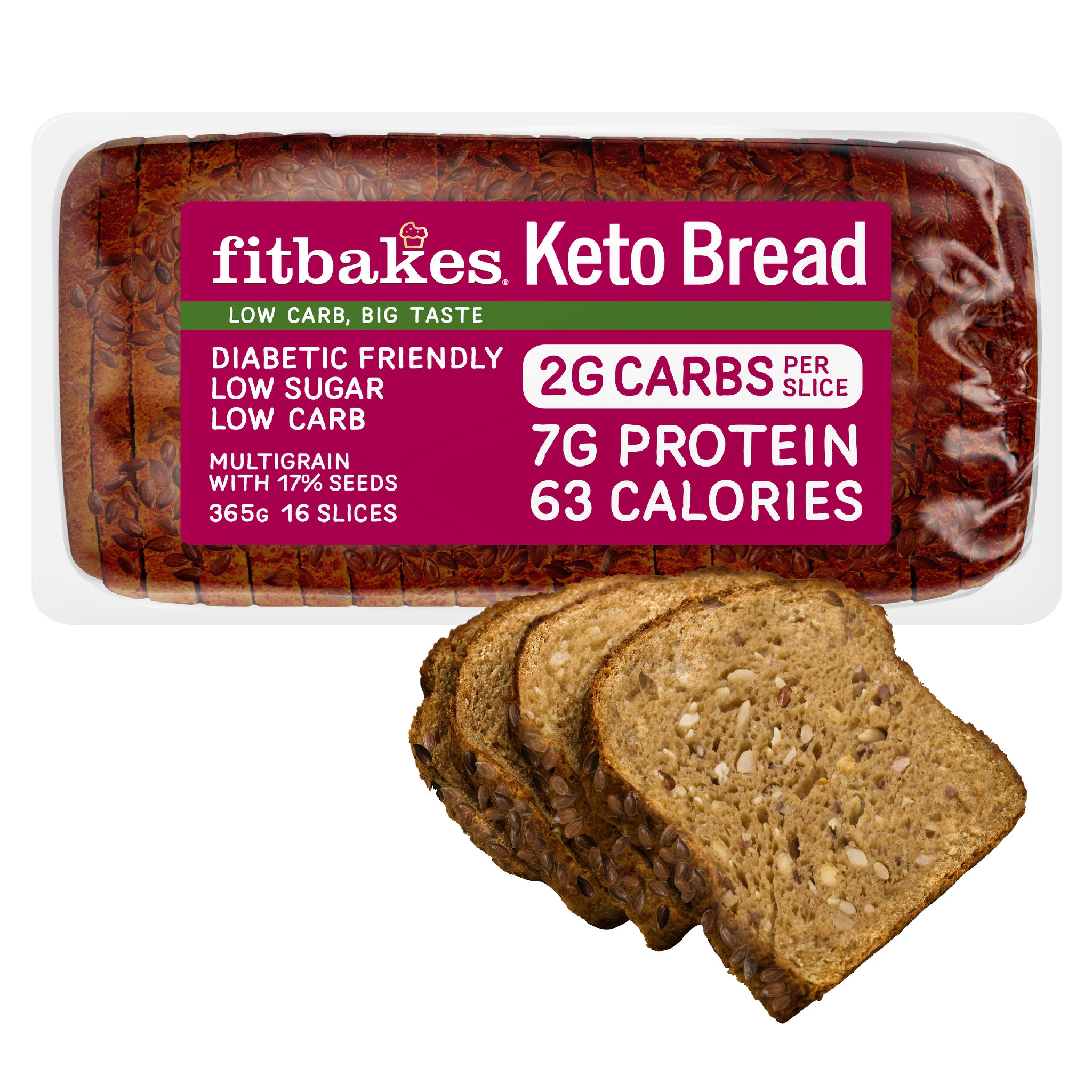Bread and ketosis have been viewed as unsuitable for a long period of time. Bread is typically made of wheat flour that has been refined which is a good source of carbohydrates. Even a single piece of bread could disrupt the ketosis process by increasing blood sugar and forcing your body to burn glucose rather than fat. It was because of this that many keto-doers were hesitant to eat bread, and frequently missed the convenience it provides to meals that are routinely eaten. However, the development of baking techniques is changing the way we eat.
What exactly is Ketogenic Diet Bread Exactly?
Ketogenic bread isn’t only low-carb, but is also designed strategically. The bakers swap carb-heavy flours like wheat, corn, and rice with other components such as almond, flaxseed or coconut meal. They then blend them with egg or plant-based protein for bread that is rich in nutrients, yet almost completely free of carbs. One of the main features is its high protein content, often about 7 grams per slice, making it not only keto-compliant but additionally beneficial for eating disorders and muscle repair.

Image credit: fitbakes.co.uk
The most important thing is the seed quantity. The keto bread is packed with omega-3s and fiber thanks to seeds. These vitamins promote digestive health, improve cardiovascular health and help those who consume keto food to remain full and avoid cravings. Keto bread differs from traditional low-calorie breads that sacrifice flavor. Instead, it is focused on health and taste.
The role of the lowest Carb Bread in Blood Sugar Management
Bread with the lowest carbs is more effective than an option for a healthy diet. It’s also a tool to boost metabolic health. It helps to stabilize blood sugar levels by limiting the spikes and crashes which can result in hungry, fatigue and insulin resistance. For people with diabetes the bread isn’t just useful, but it can be transformative. It provides the comfort of bread while maintaining your glucose levels in a safe manner.
Low-carb breads are also ideal for calorie-conscious diets. At just 63 calories per slice, it allows people to enjoy a hearty sandwich or breakfast toast without guilt. For those who are concerned about weight loss, it is possible to use it to satisfy their appetite and keep carbs and calories in check.
Keto Bread: An Practical Everyday Solution
The phrase bread on keto no longer signals compromise. Instead, it highlights opportunity. Avocado toast with seeds on Keto bread is a fantastic breakfast option that contains healthy proteins, fats and fiber. Work lunches can include cheese and turkey sandwiches that do not exceed the limit of carbs. Even dinner options, such as garlic bread, when prepared with low carb loaves, make comfort food an important part of our daily lives.
The variety of ketogenic bread is among its greatest advantages. It’s not something you can only enjoy once or twice a year, but an everyday staple which makes keto lifestyle feasible. By fitting into all meals of every day, it removes the feeling of insecurity that can cause people to stop eating their diets.
Keto Bread is the Future of a Healthy Lifestyle
These breads will shape the future of healthful eating for everyone, not just those who are on keto. They are high in fiber in the bread, protein from plants, and omega-rich seeds are ingredients that will benefit everyone, not only those who are cutting out carbs. Keto bread is a popular choice for those who are looking for a healthier alternative to white flour processed.
Keto bread is not a trend for diets. It’s a real evolution in baking. It’s a solution for the problem of being able to eat bread with no carbs, but also offering longevity benefits.
The final sentence of the article is:
The conflict between keto diet and bread is no longer a battle. Thanks to advances in technology ketogenic bread lets you to indulge in cakes without affecting your ketosis. Now that ketogenic diet bread is accessible consumers can take advantage of toast, sandwiches and snacks without having to worry about breaking their low carb objectives. Bread is now more than simply a substitute for carbs. It’s an integral part of modern nutrition and an element that connects the comfort foods with healthy living.
